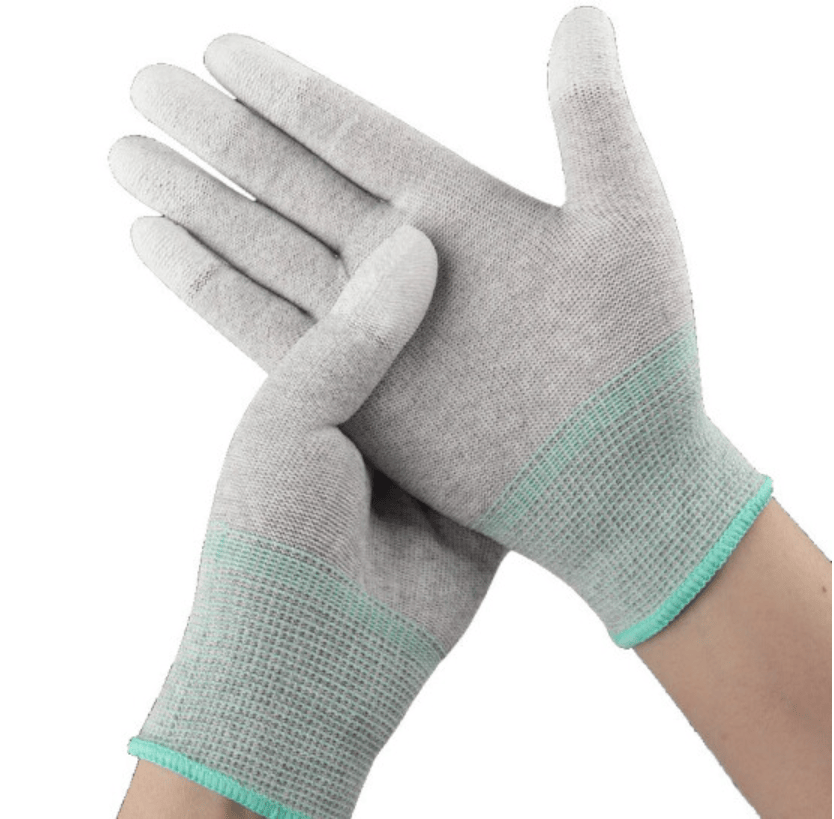
Fingertip coated gloves are a type of protective glove where only the fingertips or the palm are coated with a protective material (such as nitrile, polyurethane (PU), or latex), while the rest of the glove remains uncoated. This coating provides additional protection, grip, and durability where it is most needed — particularly in areas like the fingertips and palms, which are subject to more wear and tear during work.
Coated Fingertips: The coating is typically applied only on the fingertips, palm, or entire front of the glove, while the back of the glove remains uncoated for breathability and flexibility.
Material Options: The coatings are made of materials that are resistant to abrasion and chemicals, including:
Nitrile: For chemical resistance and enhanced durability.
Polyurethane (PU): Offers high dexterity and lightweight feel, ideal for precision work.
Latex: Provides excellent grip and elasticity (although some may be allergic to latex).
Breathable: The uncoated sections, typically made from materials like nylon or polyester, allow for breathability, keeping your hands cool and dry during prolonged use.
Enhanced Grip: The coating on the fingertips or palms improves grip, making them ideal for tasks requiring precision, such as electronics assembly or mechanical work.
Increased Dexterity: These gloves are generally lightweight and flexible, providing users with full tactile sensitivity for handling small components or performing delicate tasks.
Protection with Comfort: While the fingertips are protected, the uncoated back of the glove allows for better ventilation, keeping the hands cool and comfortable.
Versatility: Fingertip-coated gloves are used across many industries, including:
Electronics and semiconductors: For ESD protection and handling small parts.
Assembly work: For providing a balance of comfort and grip.
General industrial tasks: Where abrasion resistance is needed on the fingertips but a flexible back is required for movement.
Durability: The coating improves the glove's wear resistance, especially in high-stress areas like the fingertips.
Electronics Manufacturing: Handling PCBs, microchips, and other delicate components without damaging them.
Assembly and Packaging: For automotive assembly, mechanical work, or any task requiring precision and tactile sensitivity.
Warehousing and Logistics: For handling boxes or tools with added protection without sacrificing flexibility.
General Industrial Use: In environments where you need protection from abrasion but still require a good level of dexterity.
Fingertip coated gloves offer the best of both worlds: you get the protection and durability of a coated glove with the breathability and flexibility of an uncoated one. They are a popular choice for tasks that demand precision, comfort, and grip — all while maintaining static control (if made from ESD materials).
Delivery is prompt!
By 10-year industry experts!
Diverse payment methods available!
Unbeatable cost performance!